
Update: This article was last updated on 14th December 2023 to reflect the accuracy and up-to-date information on the page.
It’s a fact that children often dread mathematics and find it to be a boring and difficult subject. Not just children but even adults are petrified by math.
You do not believe this! Well, a survey report will convince you otherwise.
As per a survey, over 93% of adults in the USA feel anxious and uneasy when it comes to dealing with math. That’s why it is important to help students deal with math phobia at the very beginning.
Who can help children and how?
Teachers and parents together can help children get rid of math phobia. Math should be taught interactively and engagingly. The higher the level of interest, the easier it will be for students to grasp the concepts.
That’s why a gradual shift can be noticed in contemporary math programs and classes. Teachers are now relying increasingly on innovative math project ideas.
Mathematical lessons, when taught using interactive project ideas, can encourage students to fall in love with the subject.
When it comes to STEM, math is a significant subject and we also need it for our everyday life – it helps in tracking expenditure and income or time tracking, etc.
If you, too, are in search of some interesting math project inspirations for your kids, then this blog is all you need.
Recommended for reading: WHO INVENTED MATH AND WHEN?
Let’s get started with the juicy details!
5 Math Project Inspirations to Help Your Kid Tackle Math Phobia
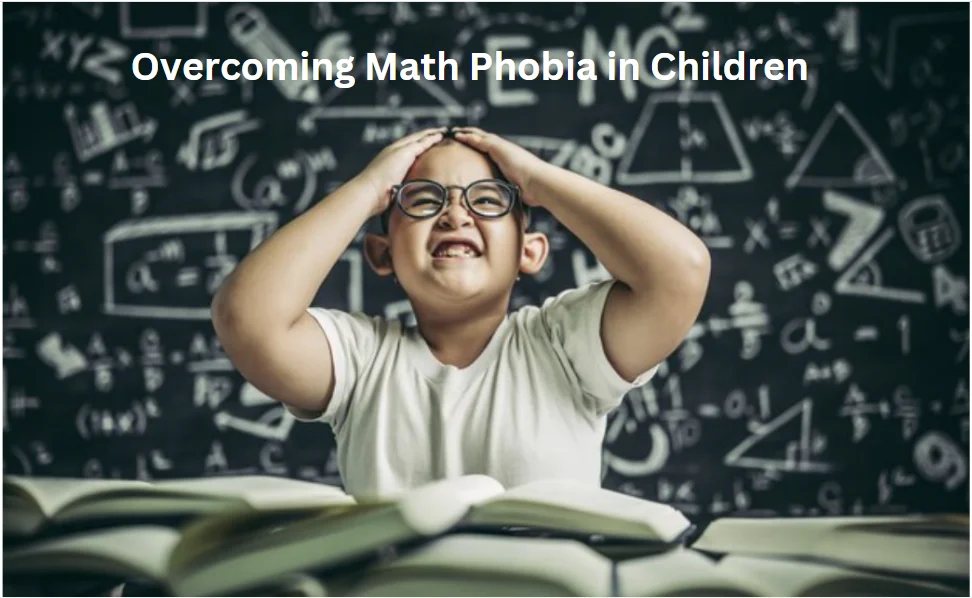
1. Venn Diagrams and Sets Using Cardboard

Venn Diagram is a kind of illustration. It uses overlapping circles to show the logical relationships between two or more sets of items. This math project idea is suitable for students in 7th grade. Use this fun math activity to help your kids understand the concept easily.
Help your kids to create a cardboard Venn Diagram. The cardboard can be aptly used to create the background of the Venn Diagram. Similarly, colored papers can be used to represent the sets.
This project aims to help the kids create cardboard cutouts to represent the union of sets, the difference between sets, and the intersection of sets. Sounds interesting? It is interesting and it will engage kids and help them learn the concept easily.
2. Graphs and Bar Diagrams Using Lego Blocks
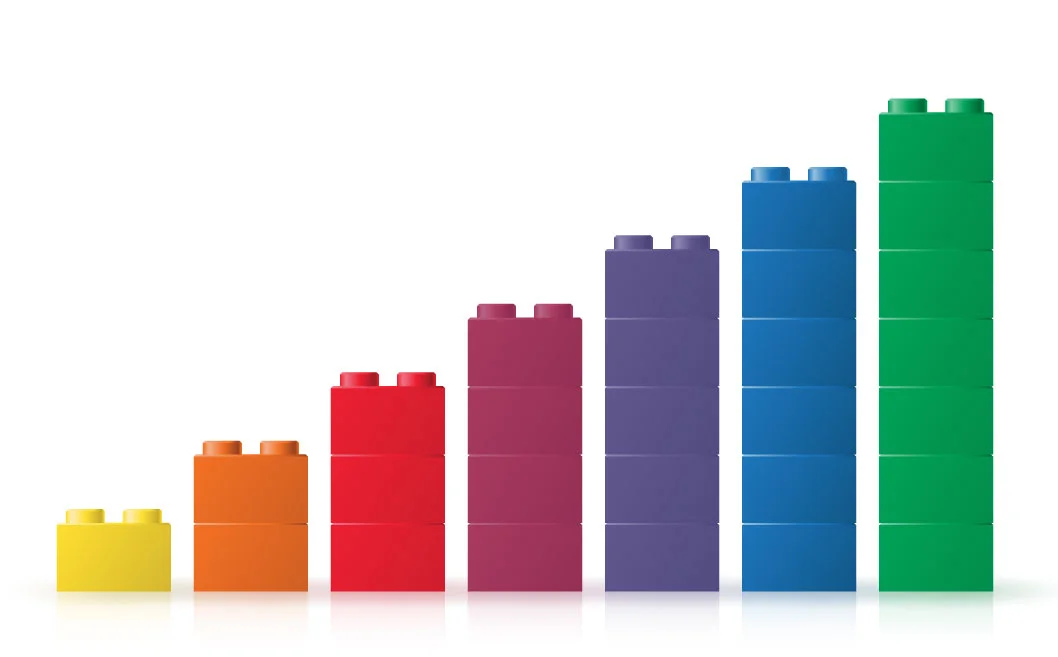
A project suitable for middle school mathematics, this activity is quite popular among students because of its association with Lego blocks. Instruct a group of 5 students to prepare a list of survey questions that they wish to ask their classmates.
Also, ask them to have at least 4 options for each question. Give them 30 minutes to ask the questions to all the students in the class and collect their answers.
Next, help the students to represent this data in the form of bar diagrams. The only difference is that instead of using graph papers, students will be using Lego blocks to build 3D bar diagrams. Sticky notes can be used to label the Lego bars.
Does it excite you? Then, what are you waiting for? Try it out with your child.
3. Budgeting Activity
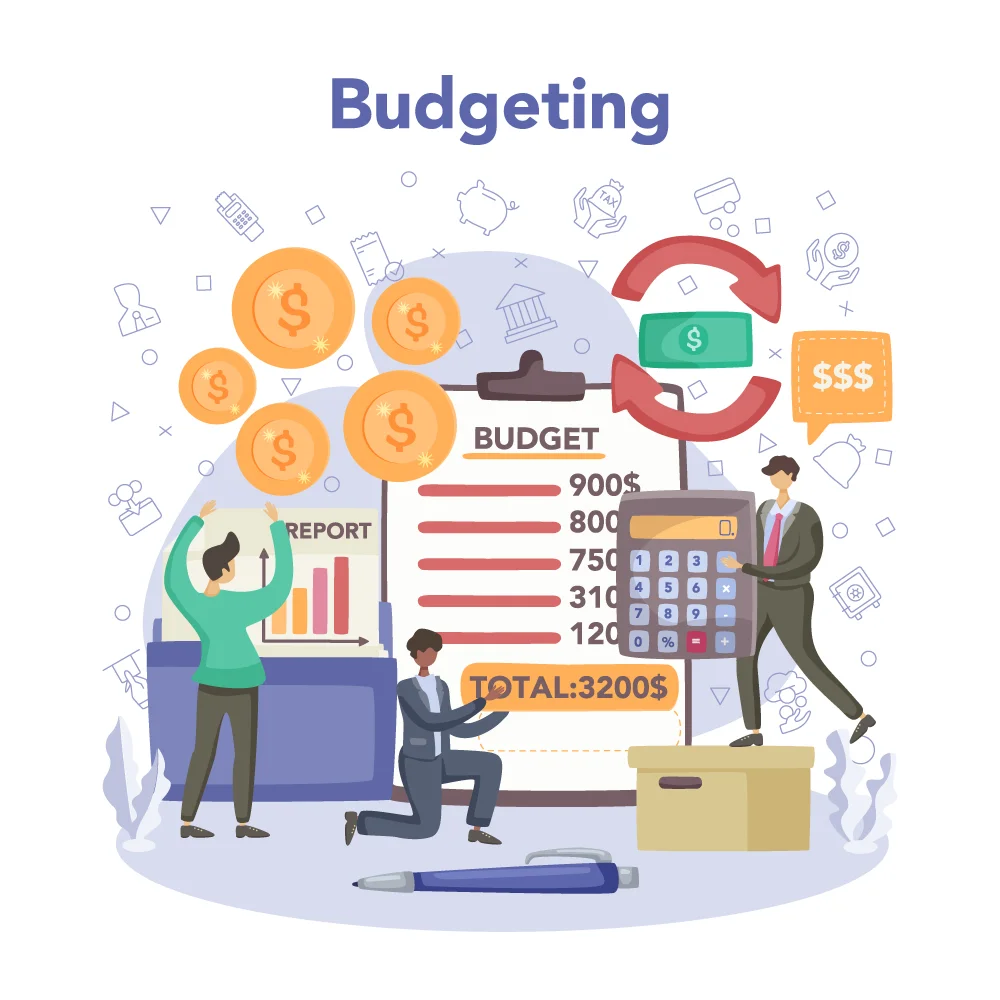
Why not teach the kids about budgeting at a young age? This activity aims to teach kids the intricacies of budgeting. Allocate $1,000 to your child and ask them to prepare a budget for their dream vacation. Ask them to include all the important aspects of a vacation, such as flight tickets, accommodations, car rentals, food, and recreational activities.
Keep reminding them that they have got just $1,000. This activity helps the students to brush up their calculation skills as well as teaches them about preparing the budget.
4. Learning Fraction the Delicious Way!
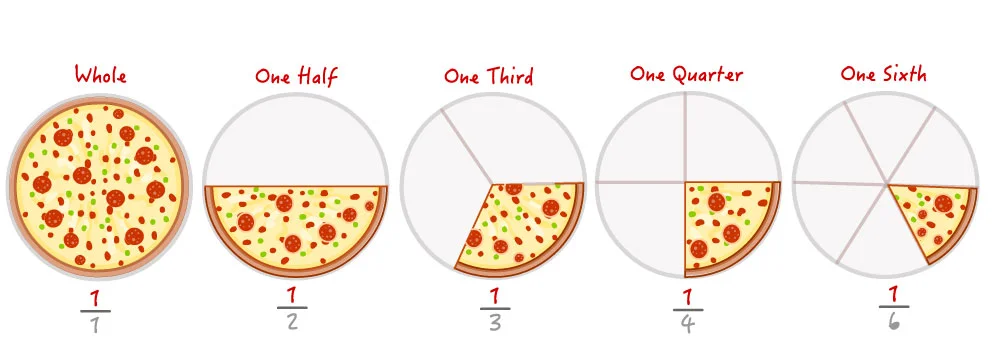
Many children cannot come to terms with the concept of fractions. Take the help of pizzas to teach them about fractions. Yes, you read that right! Pizzas can help your children gain interest in fractions.
Order a couple of pizzas and cut them into slices. Now write different fractions, such as ½, ¾, 2/6, etc., on a piece of paper. Ask your children to take out slices on two different plates as per the written fractions. For instance, for the fraction ½, they can keep 1 pizza slice on Plate A (numerator) and 2 slices on Plate B (denominator). Let them have as many pizza slices as they have arranged correctly.
5. Making Polygons Using Matchsticks
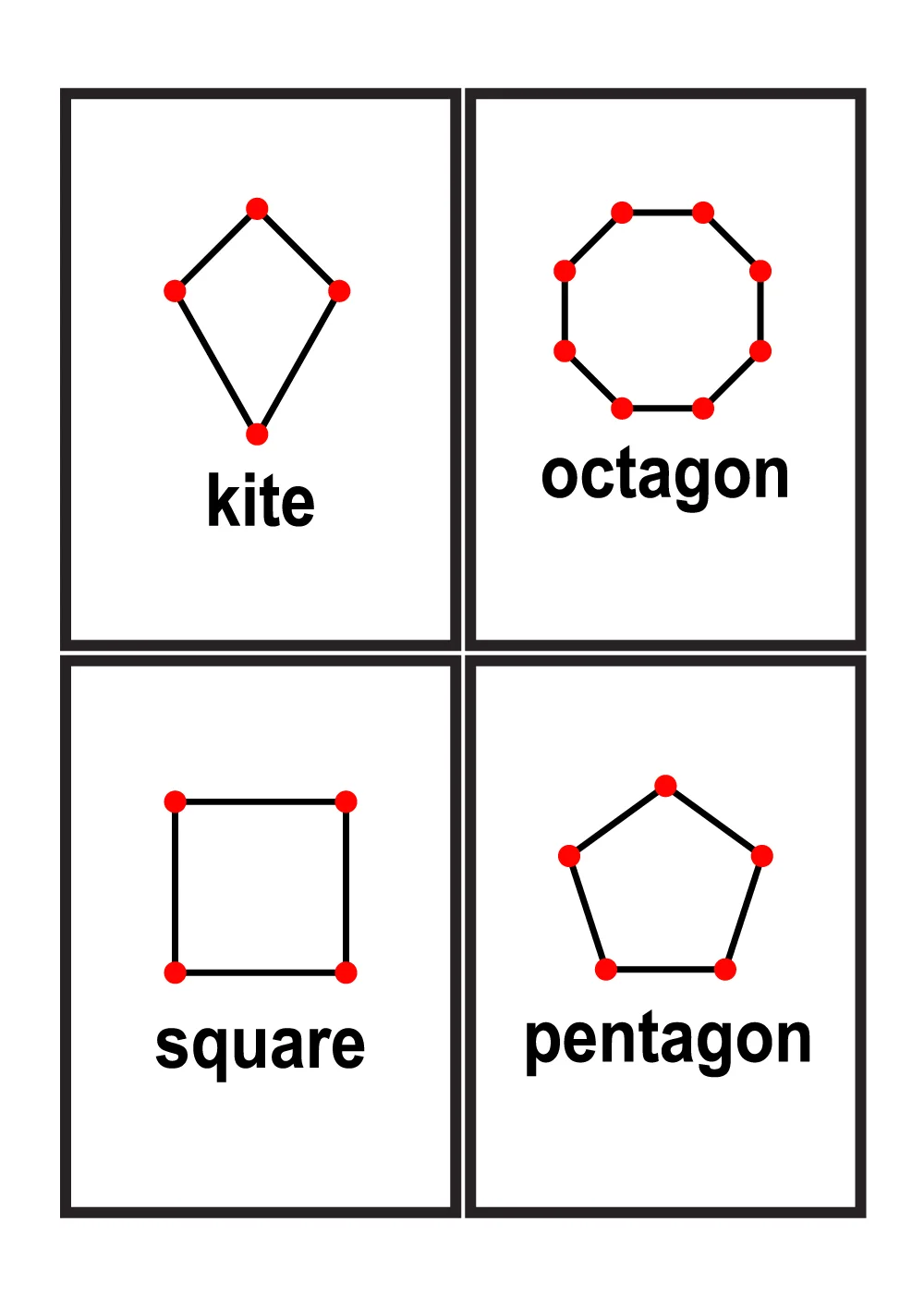
Remembering the names and number of sides of different polygons can be a bit intimidating for young students initially. You can help them learn this topic by using matchsticks.
Instruct the students to paste the matchsticks on a colored sheet of paper and create different polygons such as squares, pentagons, octagons, etc. When the students participate in this activity, they gain hands-on experience, and thus, remembering the names and sides of polygons gets easier for them.
Recommended for reading: TOP 7 TIPS AND TRICKS TO MAKE YOUR CHILD LOVE MATH
Math Project Suggestions by Grade Levels
| Grade | Project Ideas |
|---|---|
| Grades 7-8 | 1. The Fractal Forest |
| 2. The Math of Music | |
| 3. The Probability Game Show | |
| 4. The Math of Sports | |
| 5. The Math of Everyday Life | |
| Grades 9-10 | 1. The Mathematics of Encryption |
| 2. The Math of Epidemiology | |
| 3. The Math of Finance | |
| 4. The Math of Architecture | |
| 5. The Math of Art | |
| Grades 11-14 | 1. The Mathematics of Chaos Theory |
| 2. The Math of Machine Learning | |
| 3. The Math of Robotics | |
| 4. The Math of Game Theory | |
| 5. The Math of the Universe |
Grades 7-8
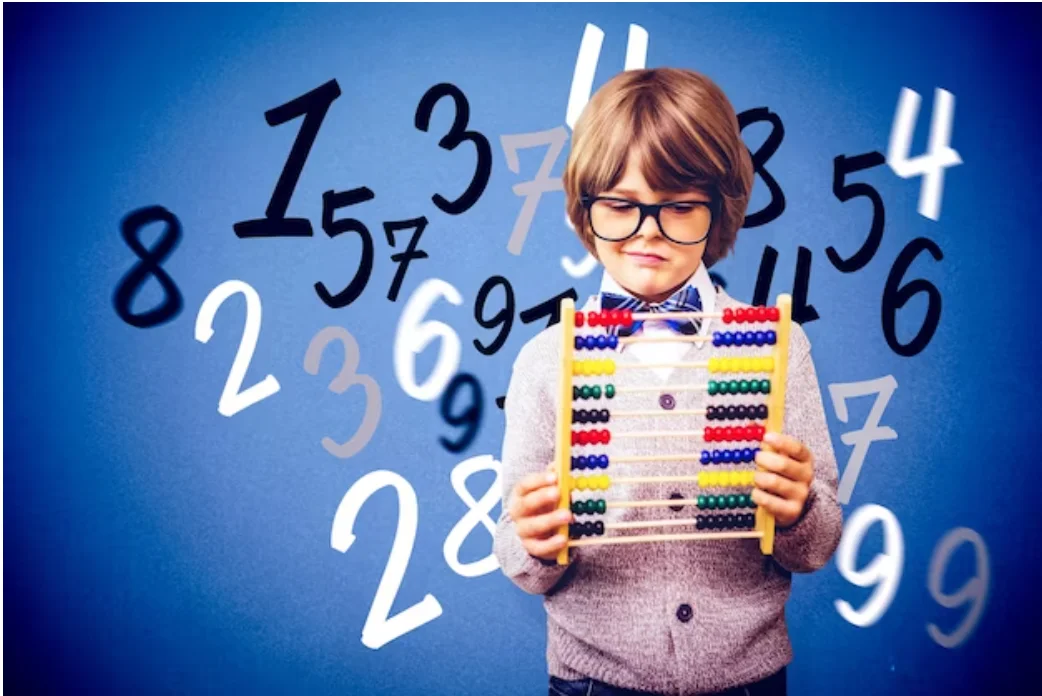
1. The Fractal Forest
- Objective: Immerse students in the mesmerizing world of fractals by allowing them to create a visually captivating fractal forest. This project encourages the use of various materials such as cardboard, paper, or fabric to illustrate the beauty of self-replicating patterns.
- Learning Outcomes: Understanding recursion, exploring artistic expressions of mathematical concepts, and developing an appreciation for the aesthetic side of mathematics.
2. The Math of Music:
- Objective: Uncover the intrinsic relationship between math and music by challenging students to compose a musical piece grounded in mathematical principles, such as patterns or sequences.
- Learning Outcomes: Connecting the dots between math and the arts, fostering creativity, and showcasing the mathematical structure inherent in music.
3. The Probability Game Show
- Objective: Engage students in a dynamic exploration of probability by having them design and host a game show. They must navigate through probability-related questions, combining theoretical understanding with practical challenges to enhance engagement.
- Learning Outcomes: Applying probability concepts in a real-world scenario, honing critical thinking skills, and fostering public speaking abilities.
4. The Math of Sports
- Objective: Explore the world of sports analytics by having students analyze data to uncover the mathematical intricacies influencing athletic performance and game strategies.
- Learning Outcomes: Developing data analysis skills, understanding statistical significance, and applying mathematical principles in the context of real-world sports scenarios.
5. The Math of Everyday Life
- Objective: Elevate mundane activities by having students collect and analyze data from daily tasks like grocery shopping or commuting. This project transforms routine actions into rich sources of mathematical insights.
- Learning Outcomes: Bridging the gap between theoretical math and practical application, cultivating data collection skills, and recognizing patterns in everyday life.
Recommended for reading: HOW DO VIDEO GAMES HELP WITH MATH SKILLS?
Grades 9-10
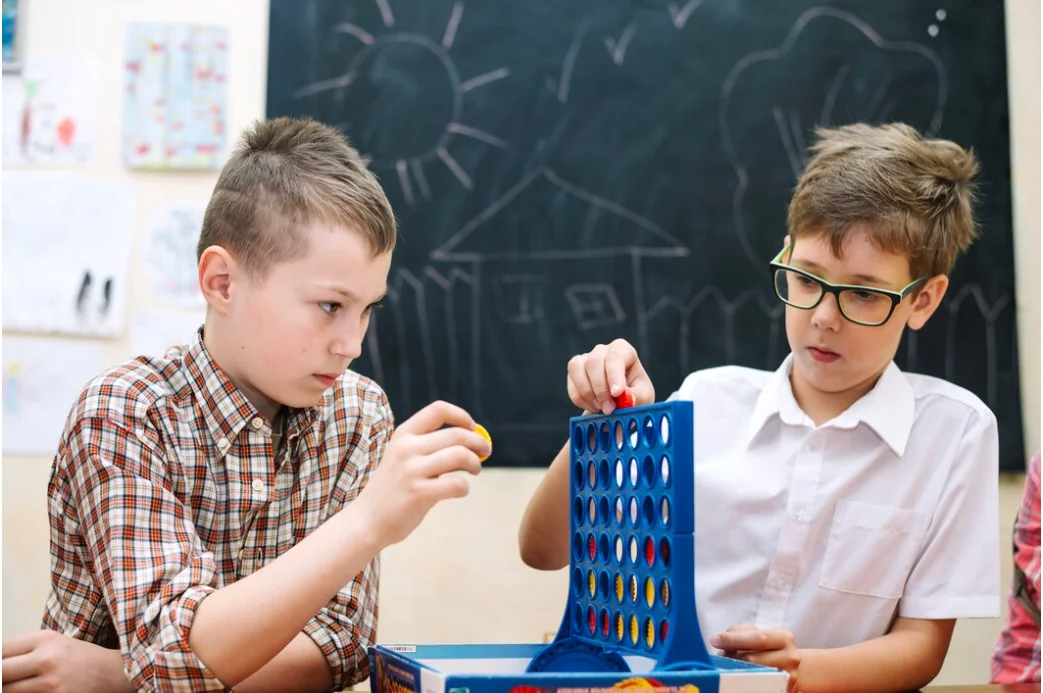
1. The Mathematics of Encryption:
- Objective: This takes students to the world of cryptography by guiding them to create a simple encryption system. Utilizing mathematical concepts like modular arithmetic and substitution ciphers, students explore the realm of data security.
- Learning Outcomes: Understanding the fundamentals of data encryption, enhancing critical thinking skills, and witnessing the practical applications of math in computer science.
2. The Math of Epidemiology:
- Objective: Tackle the timely subject of epidemiology by having students model the spread of infectious diseases. Using mathematical equations and simulations, they explore the factors influencing disease transmission and containment strategies.
- Learning Outcomes: Applying mathematical modeling in real-world scenarios, understanding the dynamics of infectious diseases, and honing problem-solving skills in epidemiological contexts.
3. The Math of Finance
- Objective: Equip students with financial literacy by tasking them with developing a comprehensive financial plan for a hypothetical individual or business. This project considers income, expenses, investments, and risk factors.
- Learning Outcomes: Building financial planning skills, understanding economic principles, and recognizing the role of math in managing personal and business finances.
4. The Math of Architecture
- Objective: Merge math with design principles by having students create a model of a structurally sound building. Considering factors like load-bearing capacity, material properties, and architectural principles, this project brings math into the realm of hands-on construction.
- Learning Outcomes: Applying geometry in practical design, understanding architectural concepts, and gaining hands-on experience in constructing mathematically sound structures.
5. The Math of Art
- Objective: Explore the intersection of math and art by guiding students to investigate mathematical concepts such as proportion, symmetry, and perspective. The project culminates in the creation of artwork that incorporates these mathematical principles.
- Learning Outcomes: Integrating math and artistic expression, fostering creativity, and unveiling the inherent beauty of mathematical concepts in the world of art.
Recommended for reading: WHAT IS MATH MANIPULATIVES KIT AND WHY DOES YOUR CHILD NEED THEM?
Grades 11-14
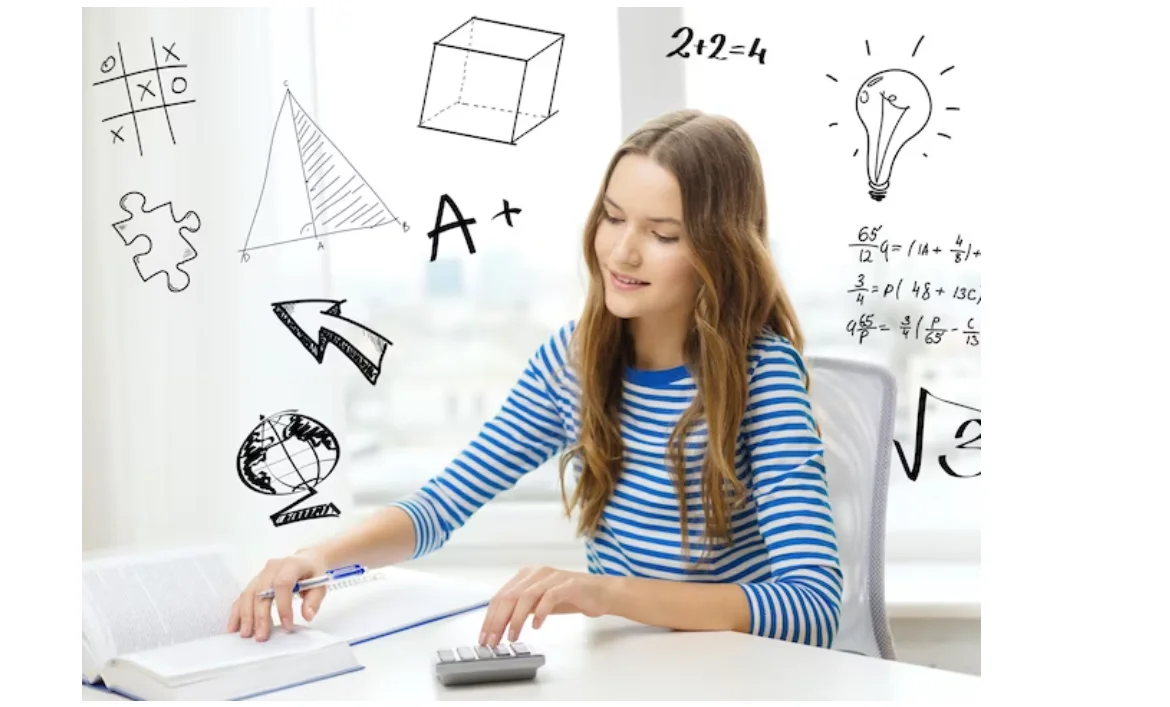
1. The Mathematics of Chaos Theory:
- Objective: Dive into the world of unpredictability with chaos theory. Students model chaotic systems, such as weather patterns or stock market fluctuations, exploring the fascinating realm of dynamic behaviors.
- Learning Outcomes: Understanding chaos theory, mastering the art of modeling complex systems, and predicting dynamic behaviors in unpredictable scenarios.
2. The Math of Machine Learning
- Objective: Propel students into the era of artificial intelligence by guiding them to develop a simple machine learning algorithm. Applying the algorithm to real-world problems, such as predicting customer behavior or identifying spam emails, showcases the practical applications of machine learning.
- Learning Outcomes: Introduction to machine learning concepts, honing algorithmic thinking, and solving real-world problems through the application of mathematical models.
3. The Math of Robotics
- Objective: Ignite a passion for robotics by having students design and build a simple robot. Exploring concepts such as motion control, sensor feedback, and path planning, this project delves into the practical applications of mathematical algorithms in the field of robotics.
- Learning Outcomes: Hands-on experience with robotics, understanding automation, and applying mathematical concepts in engineering scenarios.
4. The Math of Game Theory
- Objective: Embark on a strategic journey by having students analyze strategies and outcomes in game theory using mathematical models. Applying these models to real-world scenarios, such as business negotiations or political decision-making, enhances the practical relevance of game theory.
- Learning Outcomes: Strategic thinking, decision-making skills, and understanding the applications of game theory in diverse real-world contexts.
5. The Math of the Universe
- Objective: Conclude the mathematical journey by exploring the cosmic realm. Delve into mathematical concepts governing the universe, including geometry, calculus, and differential equations. Investigate topics such as the expansion of the universe, the formation of black holes, and the nature of time.
- Learning Outcomes: Grasping advanced mathematical concepts, exploring cosmic phenomena, and appreciating the interconnectedness of mathematics with the vastness of the universe.
Optimizing Math Project Dynamics: A Comprehensive Approach
Technology Integration
Embracing digital tools transforms mathematical exploration into a dynamic and engaging experience. Tablets and online software applications introduce students to novel dimensions of mathematical research. Platforms like GeoGebra and Desmos, combined with interactive simulations, provide students with a hands-on understanding of intricate mathematical concepts. This integration not only bridges the gap between theory and application but also cultivates a clear comprehension of mathematics in practical contexts.
Utilizing virtual manipulatives further enriches the learning experience, particularly enhancing spatial logic reasoning.
Unlike traditional educational technologies, these tools immerse students in a captivating learning process, making mathematics enjoyable for the tech-savvy generation.
Recommended for reading: HOW CAN YOU HELP YOUR CHILD WITH MATH AT HOME?
Coding Projects
The fusion of coding and mathematics empowers students to transcend theoretical boundaries and delve into practical applications. Languages like Scratch, Python, or MATLAB serve as gateways for students to design simulations, create compelling data visualizations, and tackle complex problems systematically. Coding projects not only reinforce mathematical concepts but also ignite creative thinking by integrating graphical and interactive elements.
Competition-Based Projects
Math competitions propel students beyond the routine, stimulating collaborative problem-solving and teamwork. Events like math Olympiads and local contests offer challenges that extend beyond the conventional curriculum, encouraging students to explore diverse mathematical domains. Participating in such competitions not only fosters a competitive attitude but also nurtures resilience and a relentless pursuit of excellence.
Recommended for reading: TOP 5 MATH CAREERS THAT YOU SHOULD KNOW
Personalized Projects
Empowering students to choose projects based on their interests injects a personalized touch into the learning process. Tailoring projects to accommodate diverse learning styles ensures inclusivity. Whether through visual aids, auditory discussions, or kinesthetic activities, personalized projects address various ways students absorb information. This adaptability not only promotes individual potential but also elevates overall performance in mathematics.
Showcase and Recognition
Providing platforms for students to showcase their projects establishes a culture of appreciation and knowledge-sharing. Recognizing accomplishments, beyond mere grades, through certificates, awards, or public mentions during school assemblies, reinforces positive attitudes toward goal achievement. This recognition extends beyond quantitative assessment, celebrating effort, perseverance, and unique contributions.
Teacher’s Role
Teachers play a pivotal role in guiding students through the intricacies of project dynamics. Beyond the traditional role of knowledge dissemination, they become facilitators, laying the groundwork for inquiry and discovery. Serving as advisors and mentors, teachers contribute significantly to the development of problem-solving skills and resilience. Their role extends beyond project completion, creating an environment where students engage meaningfully with mathematics and develop a lifelong appreciation for the subject.
In a Nutshell
Math activities do not have to be complicated. When you use simple project ideas, students can understand mathematical concepts more easily.
Next time your kid gets confused regarding a math concept, try clarifying with engaging math projects. Your kids will eagerly participate in such activities to learn more about basic and advanced math concepts.
Moonpreneur understands the needs and demands this rapidly changing technological world is bringing with it for our kids. Our expert-designed Advanced Math course and Math Quiz for grades 3rd, 4th, 5th, and 6th will help your child develop math skills with hands-on lessons, excite them to learn, and help them build real-life applications.
Register for a free 60-minute Advanced Math Workshop today!
















What elements would you include in a math game to make it both educational and engaging?
I would include elements such as a clear objective, challenging math questions, a variety of levels, and engaging graphics or sounds.
. How can you use math to describe and analyze these geometric patterns in nature?
You can use concepts such as symmetry, fractals, and ratios to describe and analyze geometric patterns in nature.